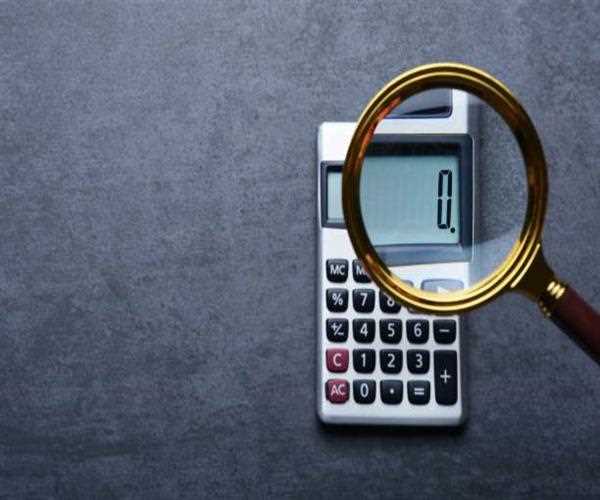In the year 628, a Hindu astronomer and mathematician
named Brahmagupta created the first contemporary counterpart of the
digit zero. A dot beneath a number was his sign for the numeral. He also devised conventional procedures for achieving zero through addition and subtraction, as well as the outcomes of operations involving the digit.

Inscribed on a temple wall in Gwalior, India is a circle dating from the
ninth century. This is the oldest known example of zero, according to the
University of Oxford.
The numeral can also be seen on the Bhakehali Manuscript, an ancient Indian scroll. The scroll was discovered in
1881 and was thought to be a contemporary of the Gwalior temple, but recent carbon dating places it in the third or
fourth century. As a result, many scientists believe India found zero.
The Arabian voyagers would take zero back to their cities and towns after its development in
India. By 773 AD, the number would have reached Baghdad.
It was the ninth century, and Mohammed ibn-Musa al-Khowarizmi, a
Persian
mathematician, worked on equations that equaled zero. As a result, Algebra
was created. He also created algorithms, which are quick techniques for multiplying and dividing numbers.
Zero was referred to as 'sifr' by Al-Khwarizmi, from which our word cipher was derived. By the year
879 AD, the dot had evolved into an oval shape that resembled the present zero number.